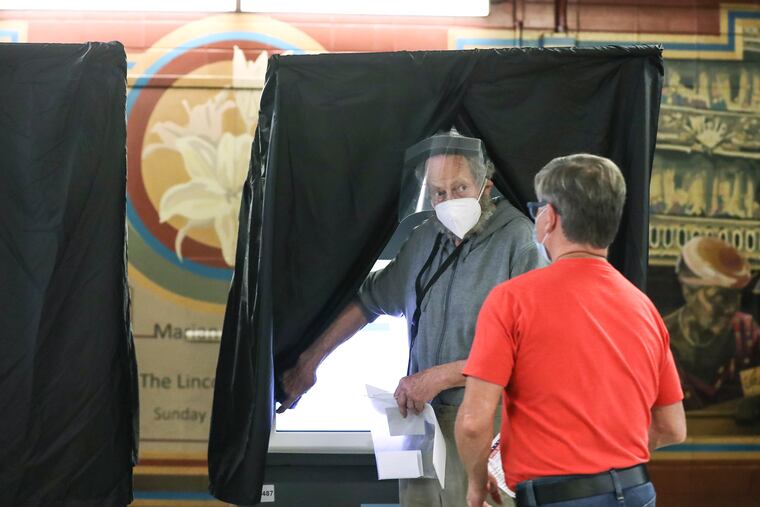Pennsylvania held an election. We won’t know the results for days. Here’s what that means for November.
Pennsylvania held its primary election, but only a fraction of the votes had been tallied Tuesday night. It will take take days to count them all.
